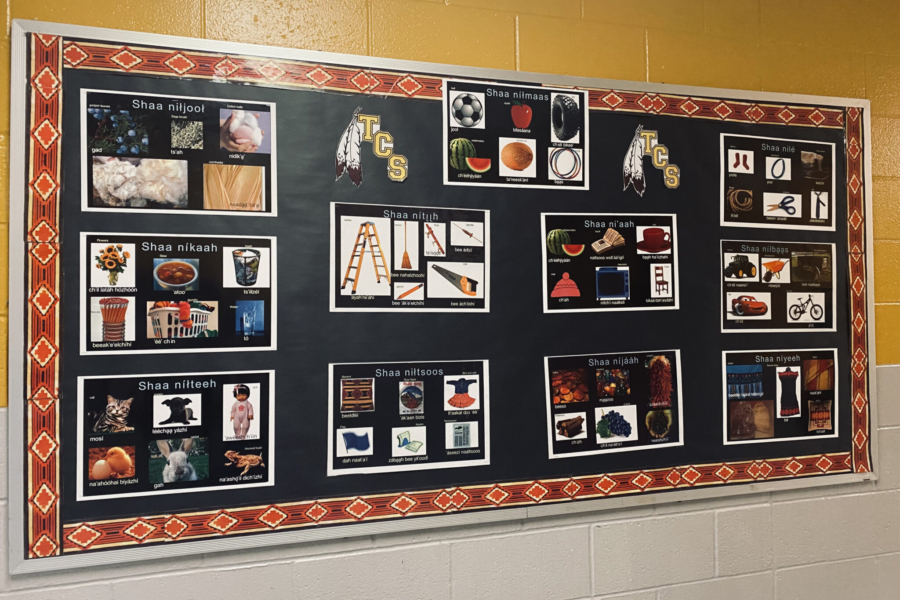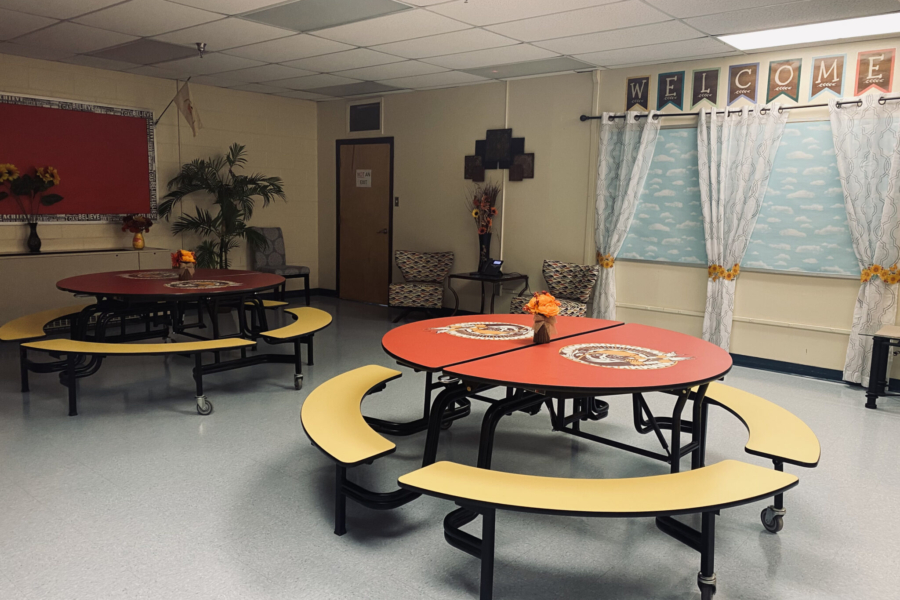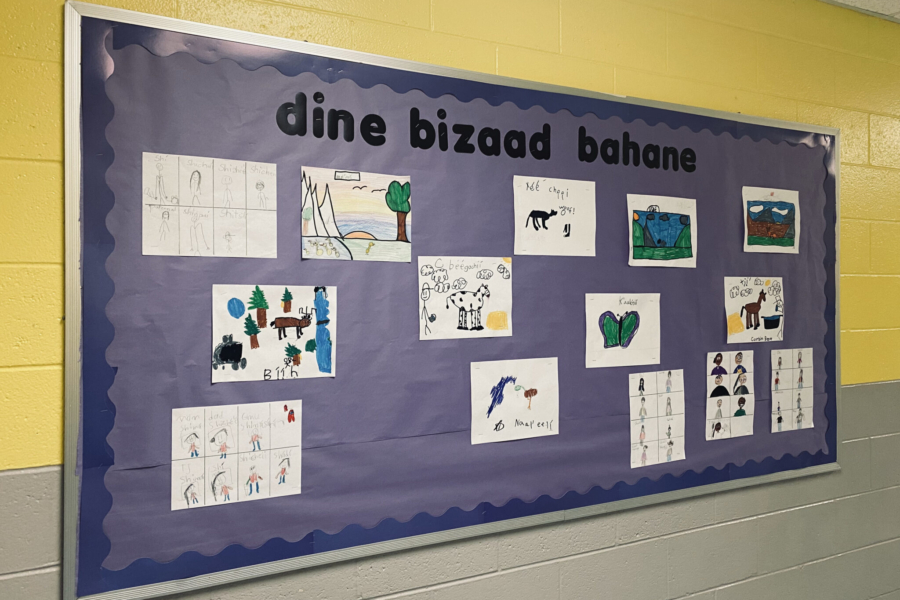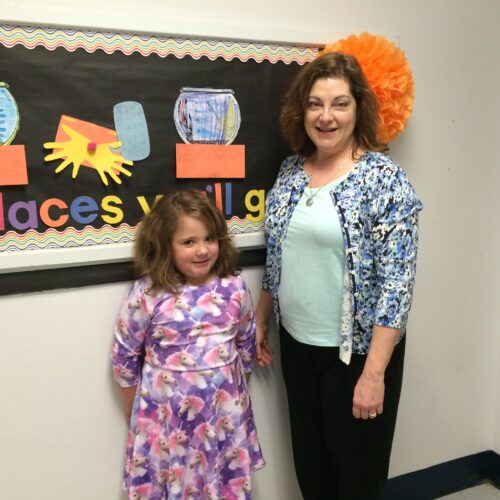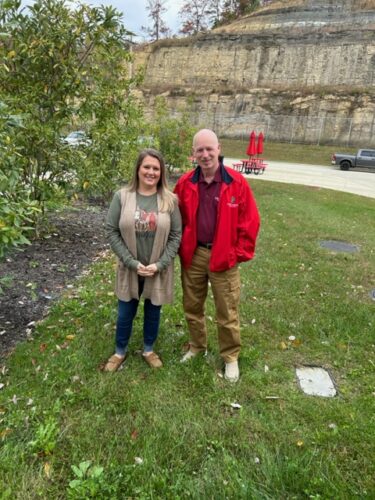Here we go, folks, we’re almost another year in and another year wiser. As our fifth graders begin to visit the middle school and prepare for elementary graduation, we sincerely thank sponsors and organizations such as Children Incorporated for all of the care and love shown to our students. The Family Resource Center (FRC) is feverishly finalizing summer Enrichment & Educational programs for families & students. Your financial assistance helps students enjoy summer activities with proper clothing and shoes they need for summertime fun!
We sincerely thank sponsors and organizations such as Children Incorporated for all of the care and love shown to our students.
Summer fun for everyone
One community partnership in the works this summer is a “Junior master’s Gardening Club” in collaboration with our local UK Cooperative Extension/4-H Office. The FRC is co-sponsoring a weekly Gardening Club for 25 students at Catlettsburg Elementary each Wednesday until the end of the school year. These same students will come to school this summer one to two days each week to cultivate plants, help pull weeds and water the garden.
At least two field trips are being planned this summer, one being a trip to the Extension Office to visit our local farmers market. The second will be a visit to a local greenhouse to learn about how to properly care for plants, in order to harvest healthy fruits and vegetables. Once our garden has bloomed, we plan to allow the students to use the food they have grown themselves in cooking classes. Students will learn how to measure ingredients, how to read a recipe and how to make healthy dishes.
In addition to the Garden Club, the local FRYSC’s are once again hosting the “Longest Day of Play” with several community partners. This event will be held June 20, 2024 at Ashland Central Park (summer Solstice-the longest day of summer). With over 1,000 in attendance last year, we are strategizing ways to make this year’s event as successful as last. Families will take a “Scavenger Hunt” around the park and try to find all of the hidden treasures.
Along their journey, they will have to stop at over 50 community partner tables to receive their next clue. Outdoor family activities such as: basketball, inflatables, volleyball, badminton, tennis, yard games, etc. will be found along the way for everyone to enjoy. Agencies will distribute information about free family events being held this Summer to encourage families to “go outside and play” for better physical fitness. The Boyd County FRC’s will also be hosting a collaborative “family movie night” later this same evening at the old Boyd County High School football field. Free food & fun activities will be included for any family residing in Boyd County.
Making sure children have what they need
During our spring break, we met our currently enrolled Children Incorporated sponsored children and parents at our local Walmart to purchase spring and summer clothing. The children were thrilled to be able to try on new shorts, sandals, tennis shoes, and tank tops to stay cool while enjoying the fifth grader, Tori, shopped with her older sister & brother and fell in love with all of the justice clothes. She squealed with delight when she found a tie-dyed bathing suit to wear to the pool. Fourth grade student, William, could not wait to show off his new “multicolored” tennis shoes and wanted his mom to let him wear them out of the store that very day!
Fifth grader, Louis, was excited to find a ton of basketball shirts and shorts that will keep him active and dry in the hot summer sun. Second Grader, Alice, chose a mix of “girly” tops and shorts, along with a few sundresses to look “cute” while in the summertime heat. Her third grade brother, Brad, wanted a good pair of shoes to ride his motorbike and to go on hikes with his family so he could climb up steep hills and walk for miles.
You have touched the lives of hundreds of Boyd County students and families over the years in so many ways.
After the summer programming comes to an end and the FRC staff spend some quality time with our own families, we’re ready to roll into a new school year starting with our county-wide READIFEST program. READIFEST will be held at our BCHS August 12 from 9 a.m. to noon. All Boyd County students (including Children Incorporated sponsored students) can attend and receive new school supplies, hygiene items, socks, underwear and health screenings. In addition to READIFEST, we also partner with a large community partner to purchase new backpacks, back-to-school clothing and school supplies for students to begin a new school year ready to succeed.
Alleviating Fears
Last but not least, are our annual kindergarten jump-start programs which are held approximately a week before school begins. Students and families get the chance to tour their new school, meet their kindergarten teacher, meet their new classmates and learn about policies & procedures before school begins. The goal of this program is to alleviate fears students may have of starting a new school and/or starting school for the first time. It helps families to prepare the children on what to expect on that very first day of school.
As you can see, it truly takes a village to raise a child, and we are so very grateful to have Children Incorporated in our village. You have touched the lives of hundreds of Boyd County students and families over the years in so many ways. It is our pleasure to work beside your staff & sponsors to assure that all children arrive at school ready to learn.
Sincerely,
Jenny
***
How do I sponsor a child with Children Incorporated?
You can sponsor a child in one of three ways: call our office at 1-800-538-5381 and speak with one of our staff members; email us at sponsorship@children-inc.org; or go online to our sponsorship portal, create an account, and search for a child in that is available for sponsorship.


